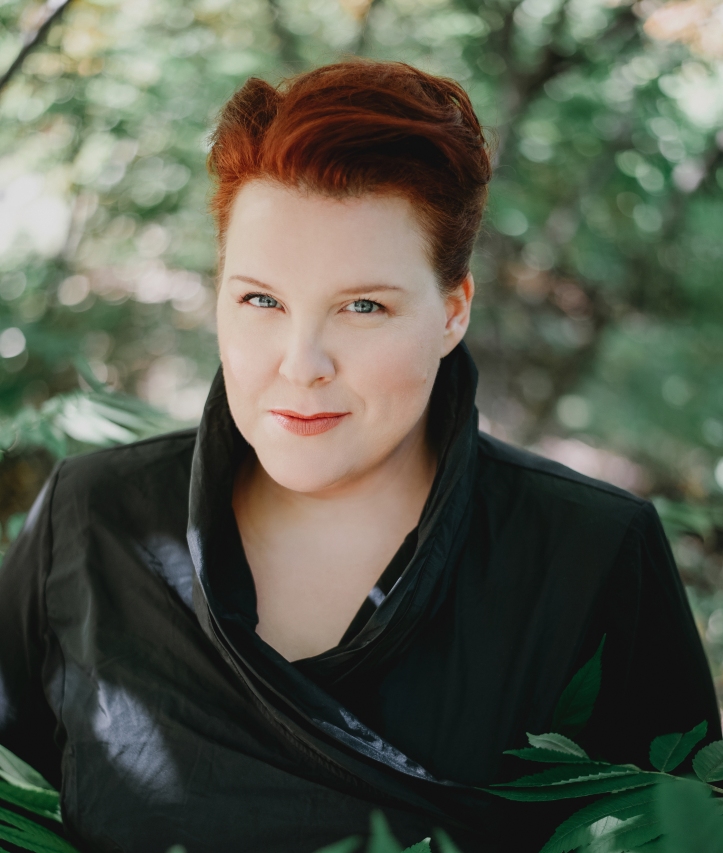Verdi – Requiem
Soprano – Susanne Bernhard
Mezzo-Soprano – Marie-Nicole Lemieux
Tenor – Liparit Avetisyan
Bass – Giorgi Manoshvili
Chor der Oper Köln, WDR Rundfunkchor, Gürzenich-Orchester Köln / Michele Mariotti.
Concert performance.
Philharmonie, Cologne, Germany. Sunday, June 2nd, 2024.
This morning’s performance of the Verdi Requiem, was the first in a series of three that the Oper Köln forces will perform alongside the WDR Rundfunkchor over the next few days. The house had originally scheduled Eleonora Buratto to sing the soprano part, but she naturally withdrew after taking on the Munich Tosca. Sensibly so, since singing a Verdi Requiem the morning after Tosca would definitely not have been a good move. She was then replaced by Saioa Hernández, who also then withdrew on health grounds, to be finally replaced by Susanne Bernhard, a new name to me. She joined Marie-Nicole Lemieux and two up and coming singers from Armenia and Georgia respectively, Liparit Avetisyan and Girgoi Manoshvili. The forces were placed under the direction of Michele Mariotti for this concert performance.

Mariotti’s was an interesting reading for a conductor who focuses on opera. In many respects, I found it lacking in the drama inherent in the work, perhaps instead focusing on a longer arc. He opened the ‘Requiem aeternam’ in almost near silence, the coughs and rumbling stomachs around me louder than the lower strings. There was a darkness to the extremely resonant choral basses that I found most enticing. I found his tempi to be relatively on the slow side, although I didn’t check timings. Instead, the ‘dies irae’ was loud and extrovert. Although it felt that the ‘rex tremendae’ lacked that desperate beseeching that it really needed, instead seeming to be coming from a place of strength rather than fear. I appreciated the way that he brought out the hieratic trombones under the texture in the ‘lux aeterna’, but in the final ‘libera me’ fugue he brought in a massive ritardando at the massive choral shout of ‘domine’, before then pushing ahead for the big C. Sadly, he didn’t ask the choral sopranos to join in at that moment. It struck me that so many of Mariotti’s interventions felt mannered. For instance, a huge tremolo sforzando in the strings, that seemed to come from nowhere, just before the ‘hostias’. In many respects, this was a perfectly competent reading. In others, it felt mannered and interventionist.

He was aided by some excellent orchestral playing. It’s true that even though this is an opera orchestra, it’s also a German orchestra. That meant that the opening cello phrases in the ‘Offertorium’ seemed to just emerge in a perfunctory way. I longed to hear the players use portamento and get the lines to truly ‘sing’. The flutes played with real poetry in the ‘agnus dei’, although there were a few isolated patches of sour wind tuning elsewhere. The brass was excellent, off-stage trumpets played with precision. That said, the bass drum player was rather genteel, when one really wished he’d whack it a bit more. The choruses, prepared by Rustam Samedov and Michael Alber respectively, sang with focused tone and genuine amplitude. They negotiated the ‘sanctus’ with ease, and managed to produce the hushed tone that Mariotti requested in the opening. The choral sound was firm, with a touch of vibrato, and suitably extrovert, producing appropriate volume where required.

Bernhard was a valiant soprano soloist. The tone has a touch of cream, with an easy top, and it was clear that she had worked hard on the style and on the fullness at the bottom that the part requires. Her soprano is still rather light for the piece, a bit narrow in tone, though she certainly rode the massed forces in the ‘libera me’ with ease and capped the textures in the big moments where required. Her ‘sed’ in the ‘offertorio’ was nicely floated, although she could perhaps have used dynamics more creatively there. Lemieux was a transcendental presence in the mezzo part. She brought her trademark contralto richness to the bottom, but also her innate sense of drama. Lemieux made the text live, conjuring up fear in the ‘liber scriptus’, calm in the ‘recordare’, and blended well with Bernhard in the ‘agnus dei’, which was impeccably tuned. Yet, what will stay with me from today’s performance was her ‘lux aeterna’. Lemieux sang it with an ideal sense of both promise and fear, allowing the voice to soar along with the hushed strings, with that sense of brightness and lightness that moment needs. A shame that Mariotti chose to rush through the final phrase as Lemieux soared magically there.

Avetisyan was a bright, sunny presence in the tenor part. There’s a genuine warmth to the tone that I found extremely gratifying and he surely has a very bright future in the lighter Verdi tenor parts. The top emerges easily, although does fray somewhat if he puts a little pressure on it. He sang his ‘ingemisco’ with a grateful line and easy phrasing, while his ‘hostias’ was sung with hushed beauty. Manoshvili was a huge, stentorian presence in his music. The voice is a really good size although, perhaps inevitably given his youth, it sounds like an instrument he’s growing into, betrayed by some phrases tapering off and tuning occasionally going awry. It’s an impressive, dark voice with natural resonance. Certainly, an artist I’d like to hear again.

There was a lot to enjoy in today’s performance. The choral singing and orchestral playing were excellent, although I did long for a more Italianate sense of phrasing from the band. The solo singing was also of very good quality, with Lemieux in particular showing a view of the world beyond in her magnificent assumption of her music. Mariotti’s conducting was efficient, if mannered. The audience responded with huge and prolonged cheers, and an instant standing ovation.
